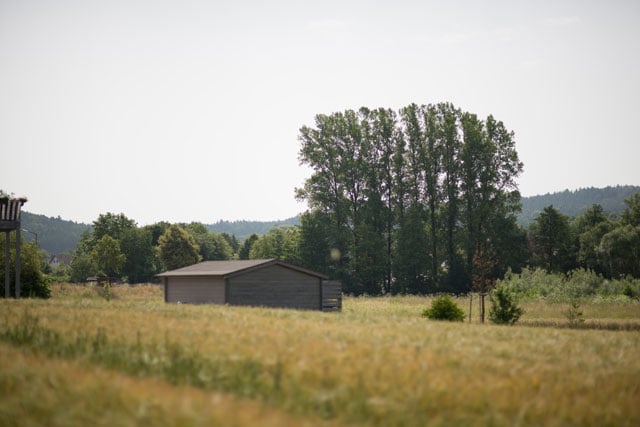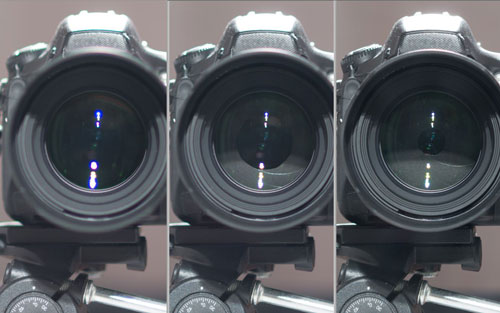Sigma 85mm f1.4 EX review
-
-
Written by Thomas
Quality
Testing: Longitudinal Chromatic Aberration
With large aperture primes one of the first tests I perform is for longitudinal CA (loCA, a.k.a. “axial color” or “bokeh CA”) and it normally shows some pretty nasty coloration unless you have a very expensive apochromatic lens. The Sigma 85/1.4 is no exception and shows quite some amount of loCA as the following image reveals.
Sigma AF 85mm f/1.4 EX at f1.4 Longitudinal Chromatic Aberration (loCA) |
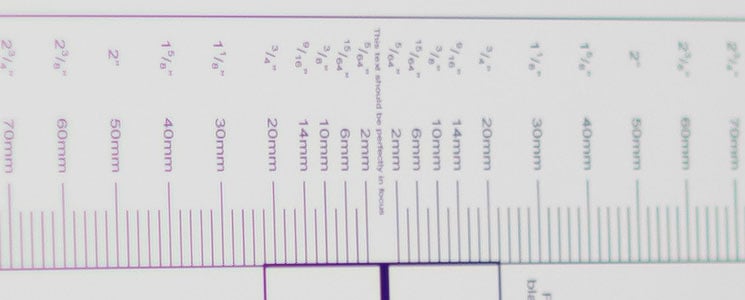 |
| 100% crop, f1.4, left=closer, right=farther away |
The effect looks pretty bad here, and it is not fully gone at f5.6. But you can eliminate the effect pretty easily in CaptureNX 2 or with the new tools in Lightroom 4.1.
The acid test is shooting trees against a glaring sky. In the case of the Sigma that does produce only a small amount of ghostlike magenta twigs. But that depends on AF Fine Tune: If I had focused just a tad closer the magenta CAs would have gone away completely.
| Chromatic Aberration test: shot with Sigma AF 85/1.4 EX @f1.4 on a D800 | ||||
| f1.4, 100 ISO | ||||
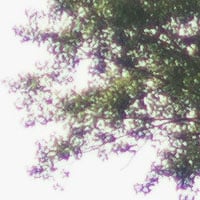 | 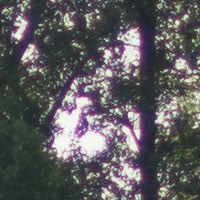 | 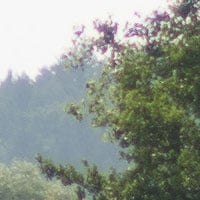 | ||
f1.4, 100 ISO | f1.4, 100 ISO | f1.4, 100 ISO | ||
Sharpness and contrast
Let’s have a look at the theoretical performance (MTF-charts) of the Sigma lens and its competitor from Nikon first:
85mm f/1.4 MTF at f1.4 | ||
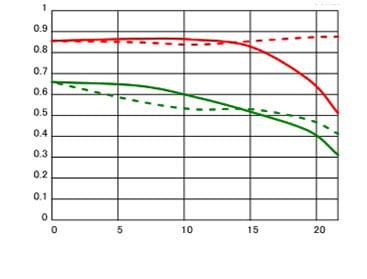 | 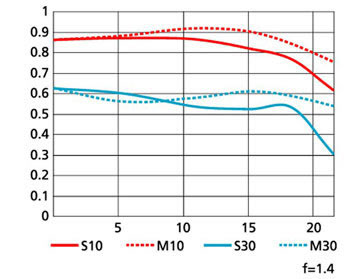 | |
| The Sigma AF 85/1.4 EX DG HSM | Its competitor from Nikon, the AF-S 85/1.4G | |
These charts show the lens-performance at the largest aperture, in this case for f1.4. To read these charts you only have to understand that higher values are better and that the closer the dotted and the continuous lines of each color are together the less astigmatism (= resolution depends on the orientation of the test-pattern) the lens has. The x-axis displays the distance from the optical axis (=center of the sensor) in mm. I’ll show you the real-life performance at 4 mm (center), 13 mm (DX-corner), and 20 mm (FX-corner) on a D800.
From the charts the Sigma should perform similarly to the Nikkor. But Sigma’s design has a little problem with astigmatism at sagittal structures (S10) from 15 mm onwards. But let’s see how this theoretical performance translates into real life results in the sharpness test based on Siemens-stars.
I present near-center results (first column) followed by DX-corner results and FX-corner results on a D800. The results shown here should also be a very good approximation for performance on a 16MP DX/APS-C sensor. Just keep in mind that these results are not directly comparable to my previous reviews on a D300 and D700.
Processing was done in Lightroom 4 from RAW at camera standard settings. Noise-reduction is set to 0, sharpening to 70/0.5/36/10, with no extra tone, color, or saturation adjustment. White-balance was adjusted to a neutral white and I did some exposure compensation to make the brightness match. CA-removal is ON. Focus was achieved in live-view with some fine-tuning by hand and is optimized for different apertures in the FX-corner shots to get optimal sharpness. This unfortunately is something you would not achieve with simply using contrast- or phase-shift-based AF. More on this later.
These are all 100% crops!
Sigma AF 85mm f/1.4 EX with Nikon D800 100% crop from center | Sigma AF 85mm f/1.4 EX with Nikon D800 100% crop from DX-corner | Sigma AF 85mm f/1.4 EX with Nikon D800 100% crop from FX-corner | ||
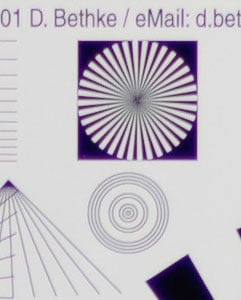 | 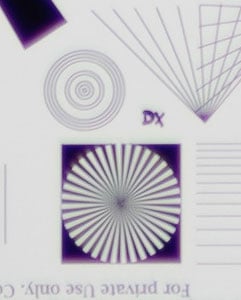 | 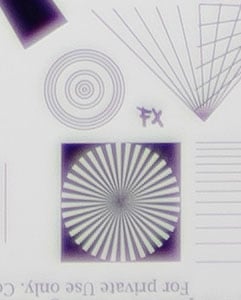 | ||
f1.4, 100 ISO | f1.4, 100 ISO | f1.4, 100 ISO | ||
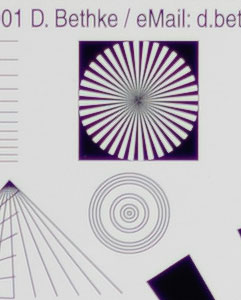 | 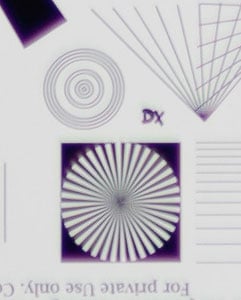 | 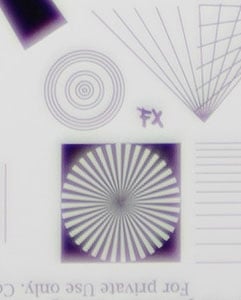 | ||
f2.0, 100 ISO | f2.0, 100 ISO | f2.0, 100 ISO | ||
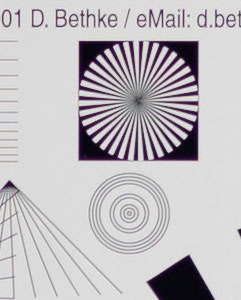 | 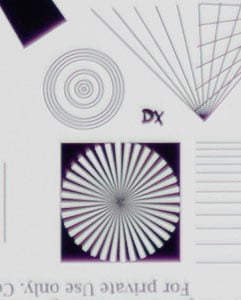 | 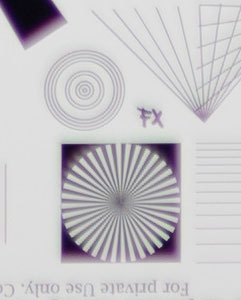 | ||
f2.8, 100 ISO | f2.8, 100 ISO | f2.8, 100 ISO | ||
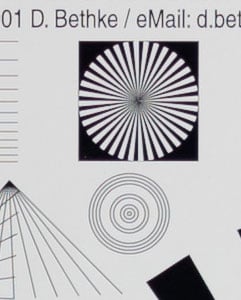 | 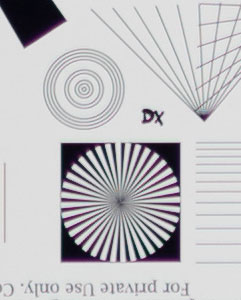 | 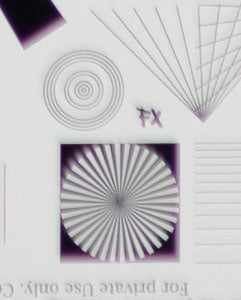 | ||
f4.0, 100 ISO | f4.0, 100 ISO | f4.0, 100 ISO | ||
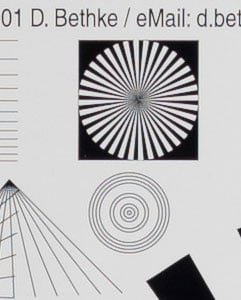 | 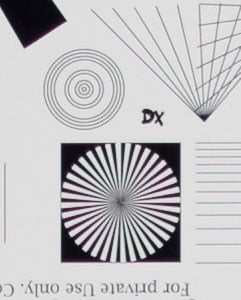 | 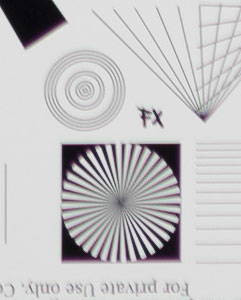 | ||
f5.6, 100 ISO | f5.6, 100 ISO | f5.6, 100 ISO | ||
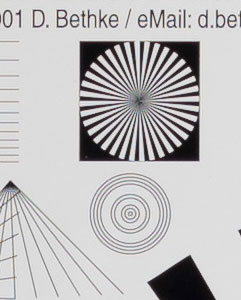 | 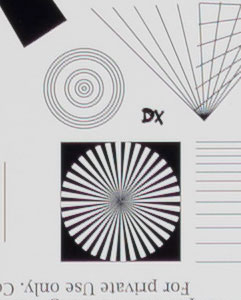 | 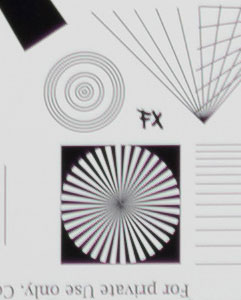 | ||
f8, 100 ISO | f8, 100 ISO | f8, 100 ISO |
The Sigma produces very high resolution in the FX-corner wide open – but at the cost of low edge-contrast. A bad case of spherical aberrations / coma which also fooled the contrast-based AF of the D800: The camera chose a focus where the aberrations were lower and thus the contrast better – but at the price of sharpness. For the table above I corrected this by manually focusing considerably farther away than the AF suggested. Mind you, I even had to use different focus-corrections depending on the aperture.
The following row shows the FX-corner of the Sigma 85/1.4 when relying on the contrast-AF system of the D800 alone. This is what you’d get when the camera is aiming for the highest contrast, and as you can see it comes at the cost of sharpness.
Sigma AF 85mm f/1.4 EX | Sigma AF 85mm f/1.4 EX with Nikon D800 100% crop from FX-corner | Sigma AF 85mm f/1.4 EX with Nikon D800 100% crop from FX-corner | ||
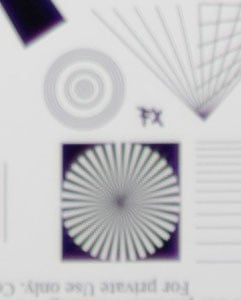 | 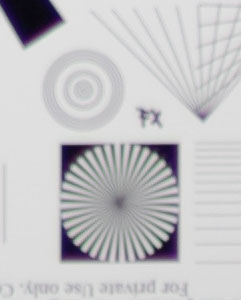 | 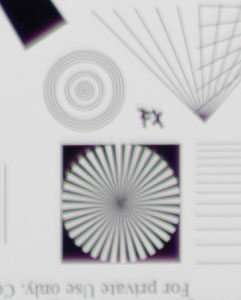 | ||
f1.4, 100 ISO | f2.0, 100 ISO | f2.8, 100 ISO |
This shows much less definition at thin lines than the crops I presented in the large table. But edge-contrast is much better.
The following row shows the FX-corner of the Sigma 85/1.4 with contrast-based AF on the center of the test-target:
Sigma AF 85mm f/1.4 EX | Sigma AF 85mm f/1.4 EX with Nikon D800 100% crop from FX-corner | Sigma AF 85mm f/1.4 EX with Nikon D800 100% crop from FX-corner | ||
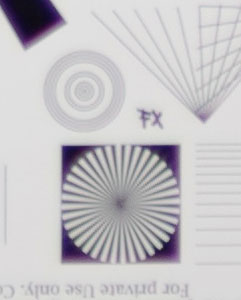 | 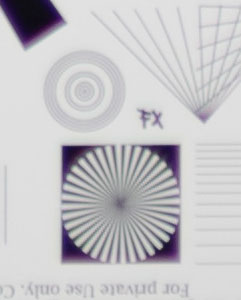 | 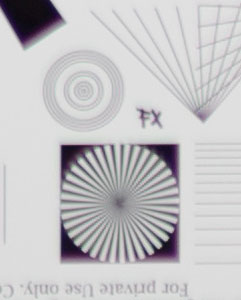 | ||
f1.4, 100 ISO | f2.0, 100 ISO | f2.8, 100 ISO |
This produces results that have better sharpness but with the effects of spherical aberrations / coma not as pronounced as in the long table earlier.
These 100% crops directly from a 36MP D800 sensor are proof that this lens can produce astonishingly sharp images. Even wide open, the center resolution is very high. Deterioration of image-quality in the FX-corner is mostly regarding overall contrast, but sharpness and definition is still very good. Stopping down to f2.0 does improve performance at the center and the DX-corner a bit. f2.8 almost eliminates the spherical aberrations at the DX-corner, and at f4.0 they are gone. But you need to stop down to f5.6 to get the FX-corner to sharpen up considerably with f8 improving the performance even further. So for highest contrast and sharpness in the FX-corner you need to stop down pretty far. Of course if your subjects are portraits where the detail tends to be towards the middle of the frame and not in the corners, it’s hardly an issue, but those who intend to shoot landscapes or architecture will want to know how it performs right into the corners.
Sagittal coma flare and the cat’s eyes effect
Sagittal coma flare is something that influences corner performance by producing odd shapes out of point-light sources. Most large aperture primes are quite prone to this effect. The Sigma 85/1.4 has some coma which is practically gone at f5.6.
Sigma AF 85mm f/1.4 EX with Nikon D800 | Sigma AF 85mm f/1.4 EX with Nikon D800 | Sigma AF 85mm f/1.4 EX with Nikon D800 | ||
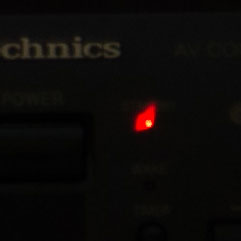 | 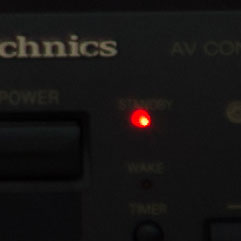 | 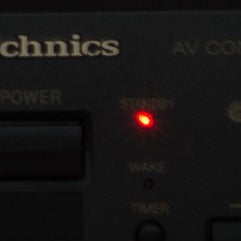 | ||
f1.4, 100 ISO | f2.8, 100 ISO | f5.6, 100 ISO | ||
The cat’s eyes test shows how circular out-of-focus highlights at the corners are rendered. It also is connected with the light fall-off in corners: the more the highlights are rendered as cat’s eyes (elliptical) the less light the lens can provide in the corners.
Sigma AF 85mm f/1.4 EX with Nikon D800 | Sigma AF 85mm f/1.4 EX with Nikon D800 | Sigma AF 85mm f/1.4 EX with Nikon D800 | ||
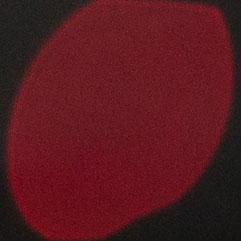 | 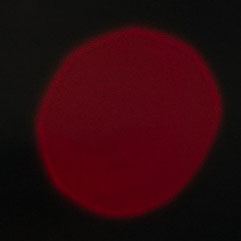 | 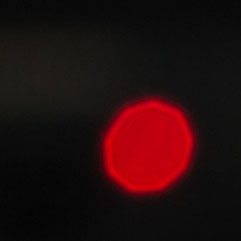 | ||
f1.4, 100 ISO | f2.8, 100 ISO | f5.6, 100 ISO | ||
The Sigma 85/1.4 produces an almost circular shape from f2.8 onwards which is good and corresponds with a relatively low light fall-off in the corners. There is also only a little outlining of the red oof-dot which is a good sign for pretty bokeh.
|
Behavior in contra-light
The image on the right shows a sequence of shots against a strong light-source shining directly into the lens but still outside the image circle of a FX-body. It shows how well the lens copes under these adverse conditions wide open and stopped down to f2.8 and f5.6.
Some lenses simply produce lower contrast when closing the aperture, although that should minimize stray-light in the lens. But unfortunately the reflections from the aperture itself sometimes cause some veiling glare.
You can judge the effect if you look at the shadows at the lower left of the camera body and the mounting-plate. The shadows become a little deeper when stopping down to f2.8 which is good. And at f5.6 the effect becomes a little more pronounced and the overall image contrast and dynamic range is increased further. The petal-shaped lens-hood seems to keep light away better than Nikon’s lens-hoods.
